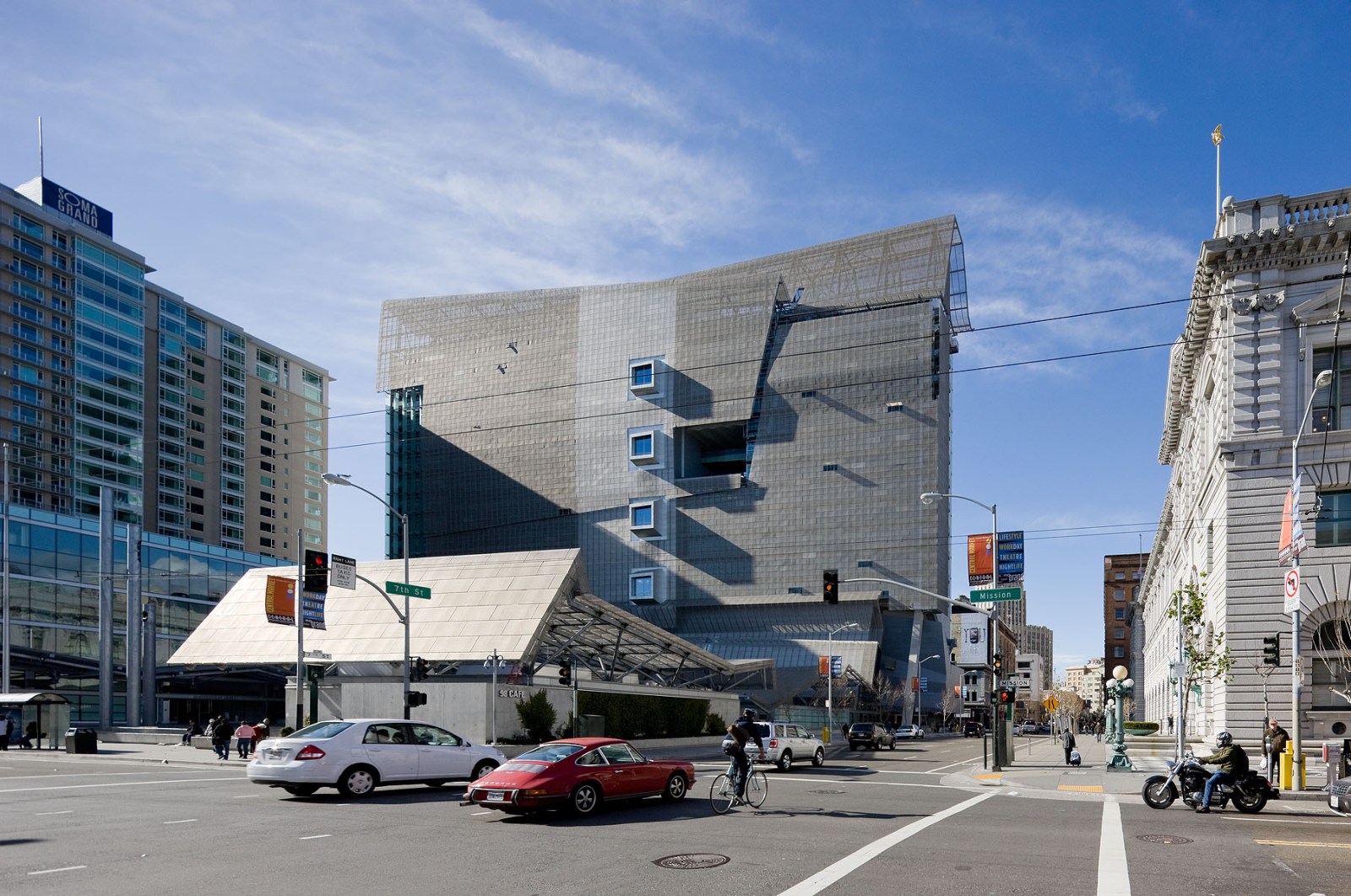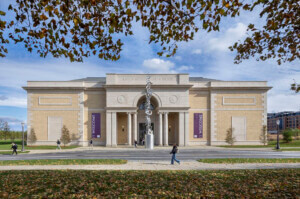While there might be slightly more pressing concerns plaguing the United States at the moment, the draft executive order released earlier this year by President Trump to mandate neoclassical architecture on federal buildings is still proving divisive. However, the Democracy in Design Act (H.R.7604) would head off that conflict entirely if it passes.
The executive order, “Making Federal Buildings Beautiful Again,” would force the General Service Administration (GSA) to rewrite the Guiding Principles for Federal Architecture, which since 1962 has mandated that federal buildings be designed in contemporary styles befitting the period they were constructed. The executive order, by contrast, specifically takes aim at new federal buildings designed in Brutalist, Deconstructivist, or modernist styles, citing the U.S. Federal Building by Morphosis in San Francisco, among others, as having “little aesthetic appeal.”
The order was quickly opposed by a number of professional organizations, architects, and historians, as the AIA, National Trust for Historic Preservation, National Organization of Minority Architects, and more released statements pushing back. Then, on July 13, Congresswoman Dina Titus (D-NV) introduced the Democracy in Design Act to the House of Representatives, which would codify the GSA’s Design Excellence Program principles into law, preempting the ability for a president to change them via executive order. At the time of writing, H.R.7604 has been referred to the Subcommittee on Economic Development, Public Buildings, and Emergency Management, and a date for a House vote has not yet been set.
Still, even if the Democracy in Design Act manages to clear both the House and Senate, it’s exceedingly unlikely that President Trump, a noted Brutalism critic, would authorize a law directly contradicting an executive order he signed. It’s also unlikely that the galvanized, Republican-controlled Senate would override the President, especially in an election year.

Still, the AIA, which has consistently spoken out against the draft executive order, released the following statement in support of the Democracy in Design Act:
“Mandating any single design style will undermine the value of the very architectural style it seeks to promote,” said AIA 2020 President Jane Frederick, FAIA, in a press release. “Buildings—both functionally and aesthetically—must be designed to serve their populations. It’s critical that communities have the ability to decide for themselves what architectural design best fits their needs.”











